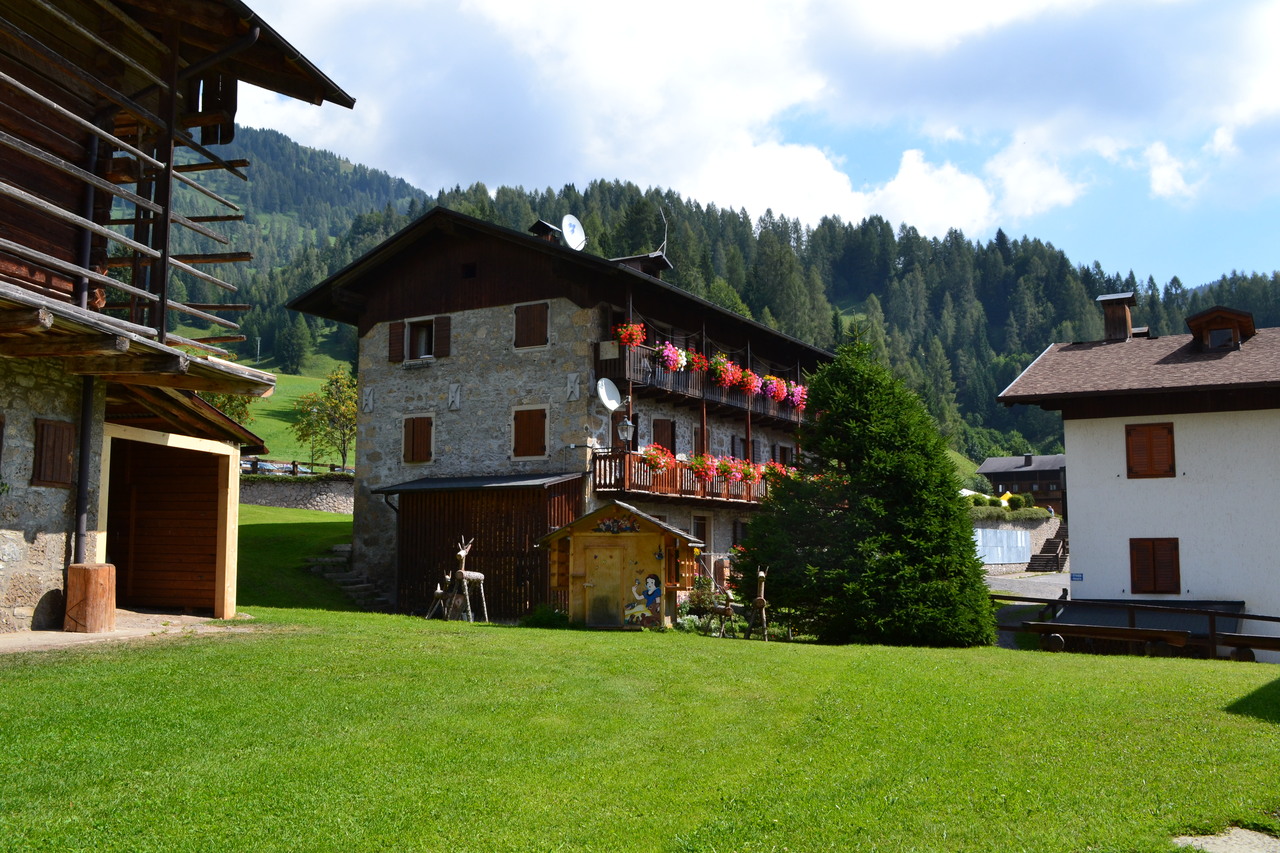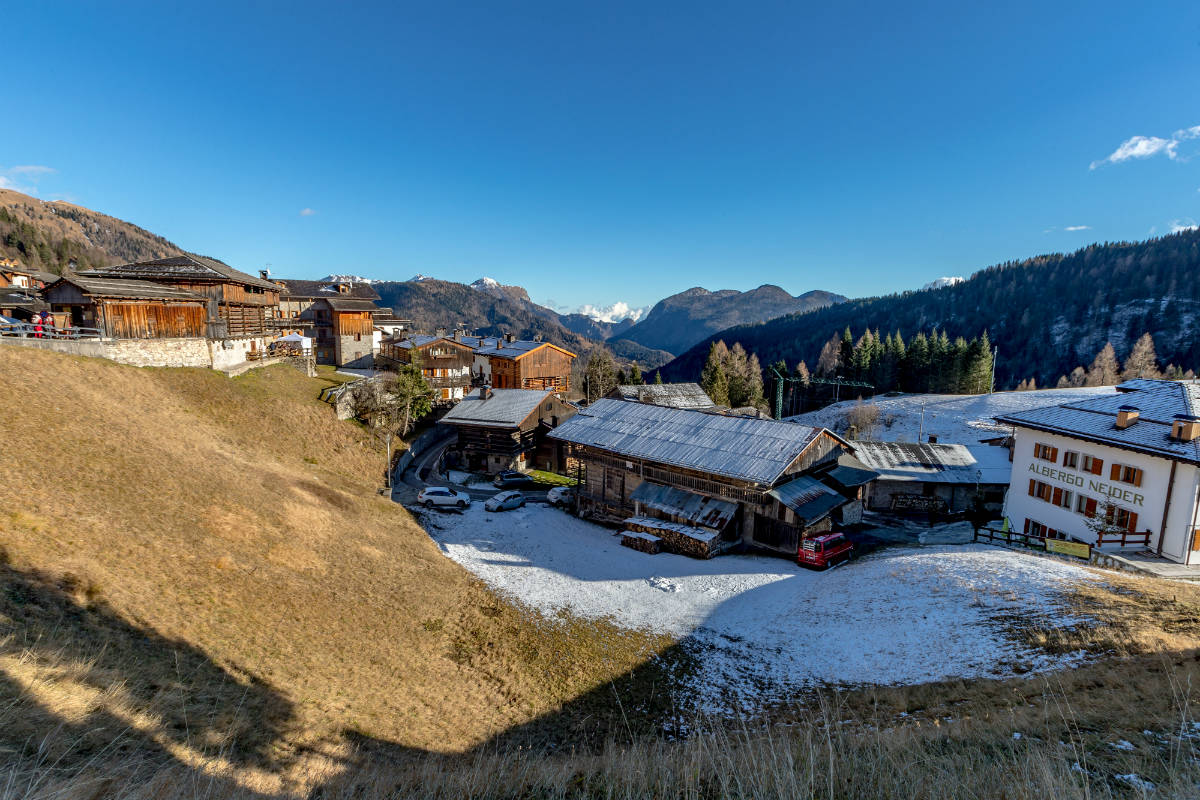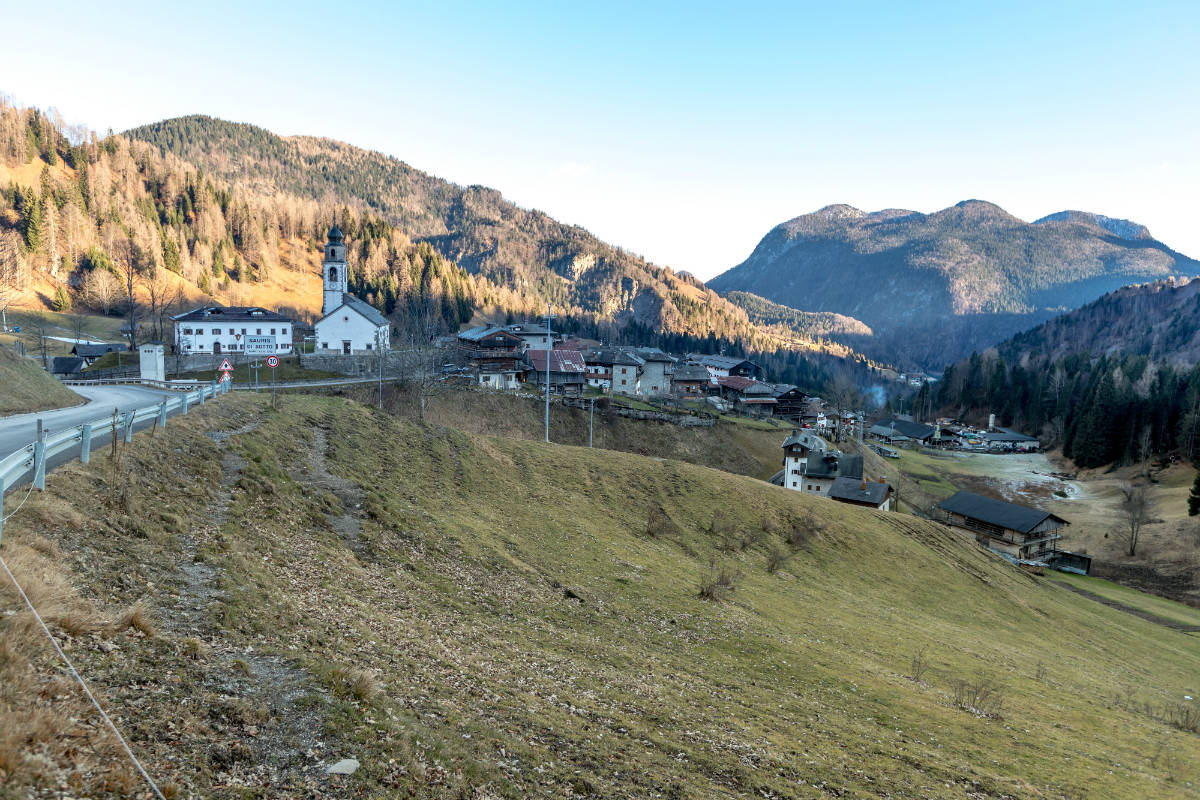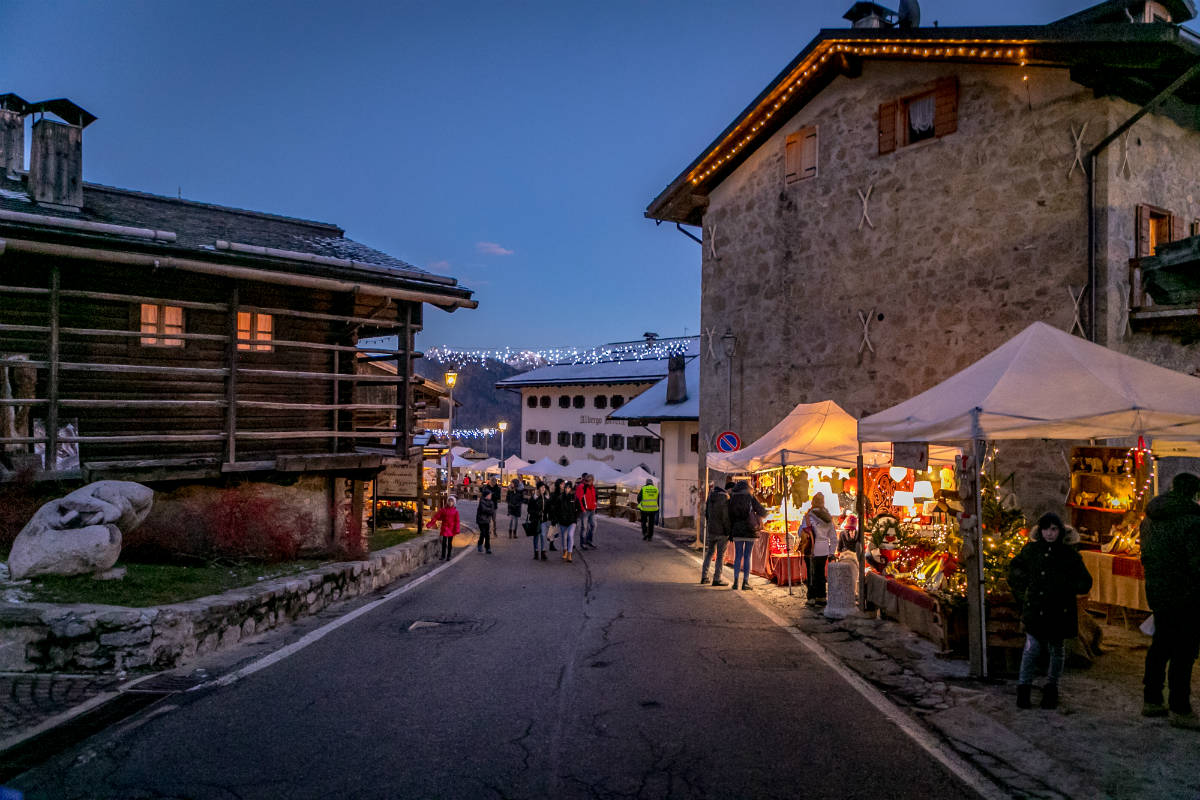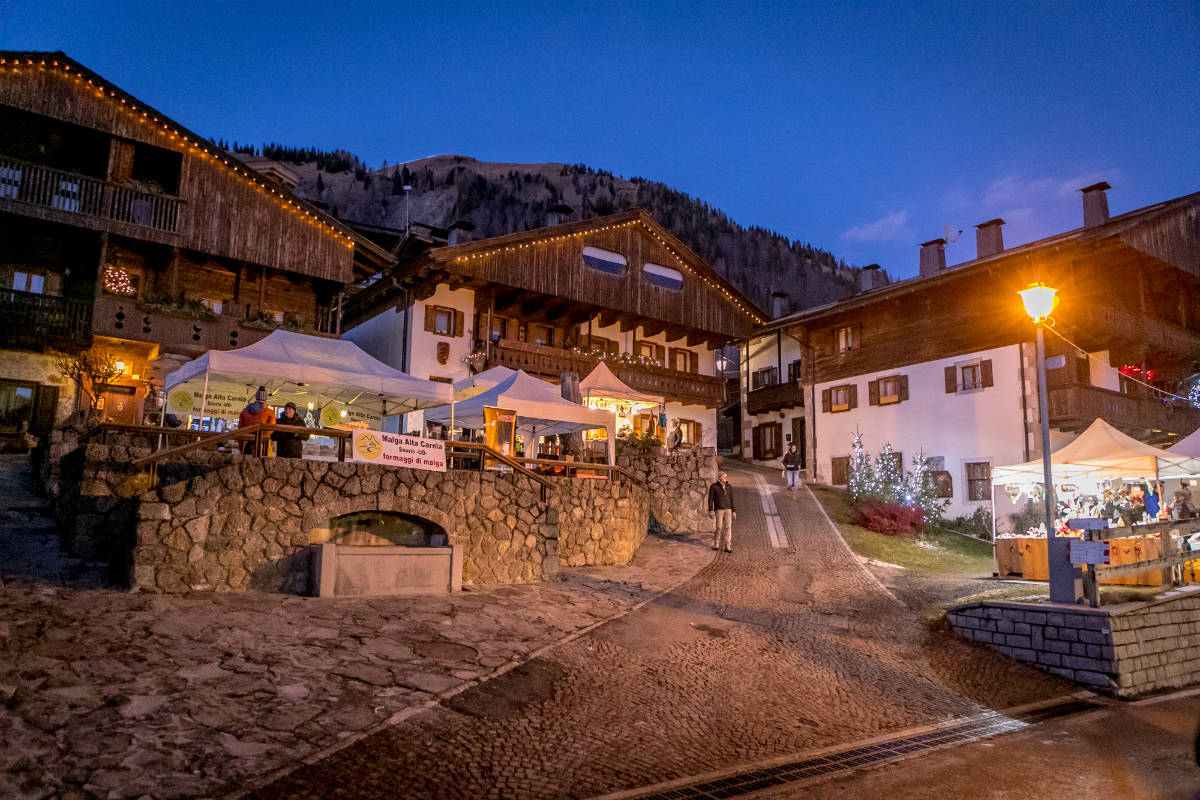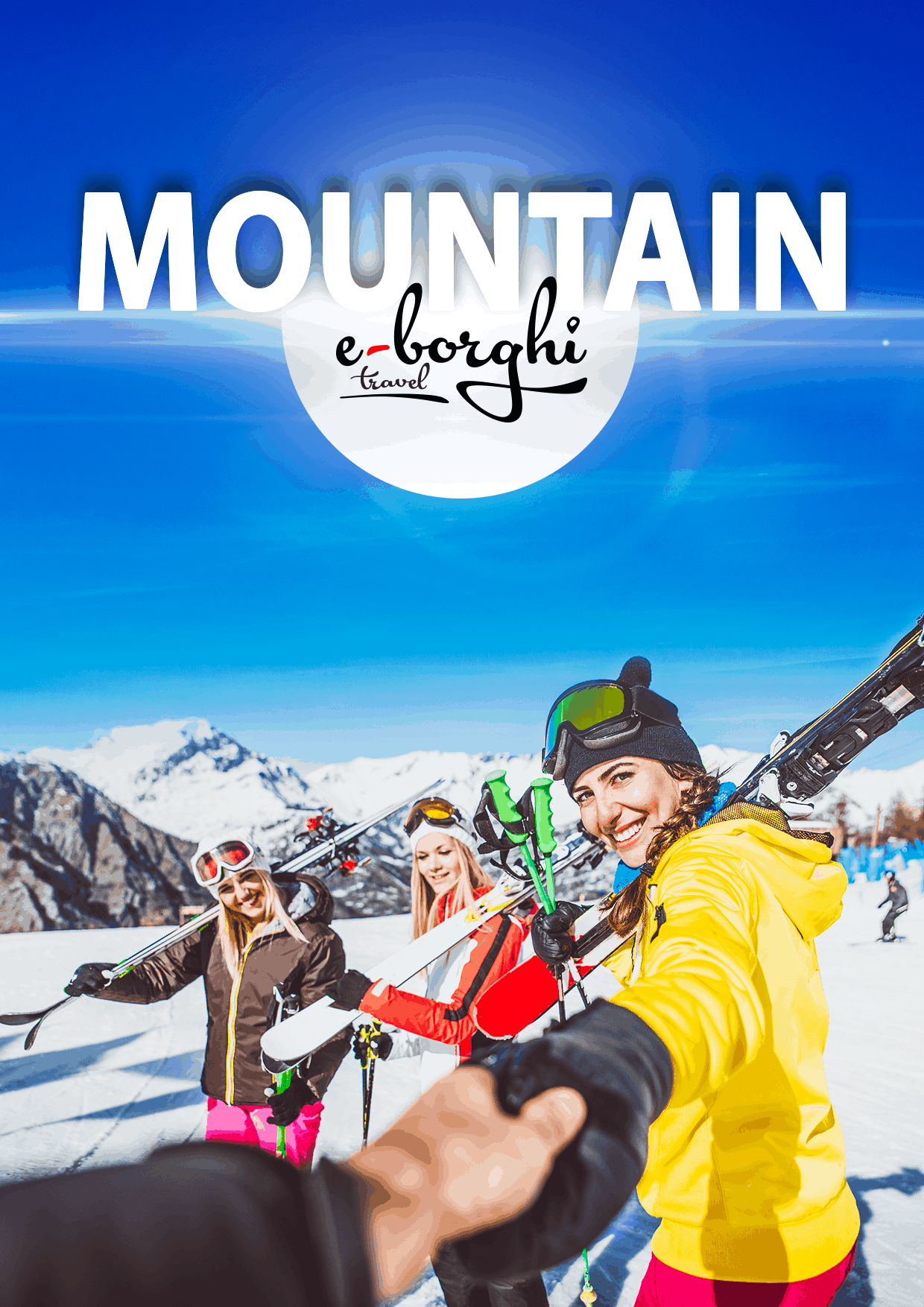Sauris
- Village in the mountain
- Village on a lake
- Authentic Italian villages
About the village
The alpine village of Sauris, framed by the picturesque landscapes of Carnia, is known for its Prosciutto IGP, speck and craft beer, Zahre Beer. Zahre, tear in the local language, is located in Val Lumiei, within the historical region of Carnia, which boasts some of the most beautiful mountain landscapes in Italy. In its territory there is a beautiful lake, considered one of the largest artificial basins of Friuli Venezia Giulia, created by the damming of the Lumiei stream. Its territory consists of some small villages to be discovered, such as Sauris di Sotto (municipal headquarters), Sauris di Sopra, Lateis, La Maina and Velt. Sauris di Sopra is locally called Plozn, while Sauris di Sotto Dörf, from the prelate savira, ie watercourse. One of the peculiarities of the community of Sauris is to speak a language of its own, derived from the ancient German, which has been preserved, since its foundation, thanks to an isolation lasting centuries. The typical local dialect, the saurano, preserves some archaic traits, unlike the Tyrolean dialects to which it is connected, and the population is generally trilingual, also speaking Italian and Friulian. The particular environmental conditions and the difficulties of connection with the neighboring villages, have allowed to maintain consistent traditions not only in the language, but also in gastronomy and in religious and popular festivals, such as the Carnival ritual, which here sees Rölar as protagonists, covered with soot and with noisy cowbells and the Kheirar, armed with a large broom.
The village of Sauris can be reached by climbing the narrow valley of the Lumiei, a green valley dominated by the Dolomites that is reflected in the multicolored waters of its lake. Studded by mountain pastures and pastures, tradition has it that the village was founded by settlers from Austria, who brought in this valley habits and customs of their homeland. A particularity of the landscape of Sauris is represented by the architectural typologies. In Sauris di Sopra is the Church of San Lorenzo, which has a bell tower with a high cusp covered with shingles, while inside it is kept an altar of 1551, by Michael Parth. Here you can also visit the Haus van der Zahre Ethnographic Center. The Sanctuary of Sauris di Sotto preserves another altar (1524), by Micheal Parth himself, which presents precious carved wooden doors. There are also numerous ex-votos of the pilgrims who for centuries came up here to venerate St. Osvaldo, of whom a relic is preserved. Near the sanctuary there is also the Sant'Osvaldo historiographical center. Both exhibitions are part of the Carnia museum system. Finally, the village of Sauris is linked to that of its exquisite lightly smoked ham, according to the traditional Sauran recipe. Ideal to accompany the local beer. The vastness of alpine pastures makes it possible to produce also the tasty malga cheese.
History
Legend has it that the community of Sauris was founded between the thirteenth and fourteenth centuries by two German soldiers who, tired of the war, fled from Austria to find refuge in this isolated and impervious valley. The historical data, however, make us think rather of a more numerous immigration, which took place around the 13th century from the Lessach and Pusteria valleys. immigration actually took place from the Lessach valley and Pusteria in the 13th century. Sauris is attested for the first time in 1280, a period in which it probably became a fief. The Lumiei hydroelectric plant, finally, which involved the damming of the river and the flooding of the town of La Maina, whose ruins remain today under water, was built between 1941 and 1948. Given the lack of manpower due to the second World War II, 300 New Zealand prisoners of war were also involved in the construction.
Village of Sauris
Municipality of Sauris
Province of Udine
Friuli Venezia Giulia Region
Population: 405 saurani
Altitude: 1400 m s.l.m.
the Municipality is part of:
Borghi Autentici d’Italia
Municipality
Via Roma 39 - Tel. +39 0433 86245
68.59 Kilometers from Sauris
48.31 Kilometers from Sauris
12.14 Kilometers from Sauris
11.99 Kilometers from Sauris
50.14 Kilometers from Sauris
47.91 Kilometers from Sauris
BY CAR
- Sauris can be reached from the A23 Udine - Tarvisio highway, Carnia Tolmezzo exit or from Cadore through the Mauria Pass which leads to Ampezzo.
ON THE TRAIN
- Belluno station
- Pordenone station
BY PLANE
- Regional Airport of Trieste
- Treviso Antonio Canova Airport
- Venice Marco Polo Airport
Sleep, eat, buy...
33.97 Kilometers from Sauris
67.80 Kilometers from Sauris
71.95 Kilometers from Sauris
35.57 Kilometers from Sauris
85.05 Kilometers from Sauris
58.51 Kilometers from Sauris
35.53 Kilometers from Sauris




